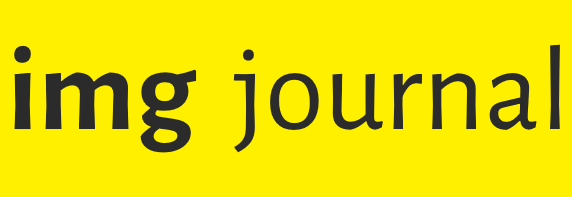Visual Arts and Music
Issue curator
Paolo Somigli
The relationship and the interaction between visual arts and music date back to antiquity and have developed through a wide array of trajectories. For instance, visual images may reproduce musical practices and instruments or serve as testimony—sometimes as the sole surviving source—of musical texts. At the same time, visual artists have drawn upon musical concepts, occasionally even at the terminological level (e.g., Improvisation), to inform their work.
Throughout the twentieth century, the boundaries between visual and musical arts became increasingly permeable, at times dissolving entirely. In the early years, figures such as Arnold Schönberg demonstrated an ability to express themselves in both domains. The following decades and the second half of the century witnessed a paradigmatic shift—exemplified by movements such as Bauhaus, with Oskar Schlemmer, Fluxus or Gruppo 70—that rendered traditional classifications of the arts inadequate. This shift also gave rise to the notion of interartisticità (“interasticity”; Lamberto Pignotti, 1963) and expanded into the broader field of the (artistic) performance. Meanwhile, prominent painters and visual artists were involved in the design of stage sets and even costumes for opera performances and theoretical explorations were developed around the analogies between sound and color, often within a conceptual framework that approached artistic experience from a synesthetic perspective.
This process has been further accelerated by the emergence of electronic and digital technologies, which have introduced new modalities of artistic expression. These developments, although often grounded in the interaction between sound and moving images, have taken shape through forms that both expand and transform the main conventions historically established by cinema and television in the relationship between music and image, or that significantly diverge from them.
What has been briefly outlined above raises important questions for artists, scholars—in particular art historians and musicologists—, musicians, visual artists and educators. Educators, in fact, are increasingly called upon to engage with the pedagogical and didactic implications of this developing relationship. Furthermore, in the educational domain, the intersection between visual arts and music also represents a valuable interdisciplinary resource for teaching at all levels, from early childhood to high school and university.
This issue seeks contributions that critically engage with the complex entanglements between visual arts—and visual culture—and music, and the subsequent pedagogical and didactic issues. We invite scholars, musicians, visual artists, educators, and theorists to critically explore how music and visual arts can interact and reshape not only their own features but also our expectations and conceptions. We particularly (but not exclusively) welcome submissions concern-ing topics such as:
- Paintings and visual products as documents of musical life
- Musical suggestions in visual arts
- Visual suggestions in music composition
- Theoretical and philosophical reflections on sound and color and synesthesia
- Moving images and music: from the dawn of cinema to digital culture
- Musical score as visual product
- “Interartistic” experiences and performances
- Authorial stage set and costume design in opera performances
- Pedagogical challenges and implications for school system
How to send contributions
Instructions for sending abstract and full paper are available on http://img-journal.unibo.it
Before submitting contributions, please pay attention to the author guidelines available HERE
Key dates
Full article submission: 31 January, 2026
Full article acceptance:15 March, 2026
Publication: 30 April, 2026




